
HOME /Products /PCBA Services /PCB Assembly
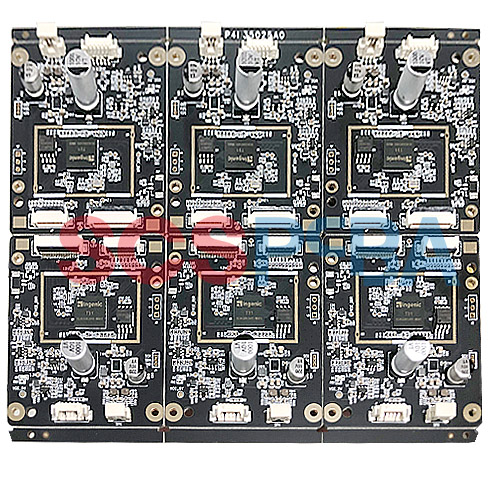

☑ With rich welding experience and professional knowledge to provide high-quality sample welding services
☑ With advanced welding equipment and technology, efficient and accurate
☑ Provide flexible sample welding to meet the needs of different customers
☑ Provide professional advice and guidance to help customers optimize design and process
PCBA prototyping plays a vital role in the electronics manufacturing process, which involves soldering electronic components to a printed circuit board (PCB) to form a complete circuit board assembly.
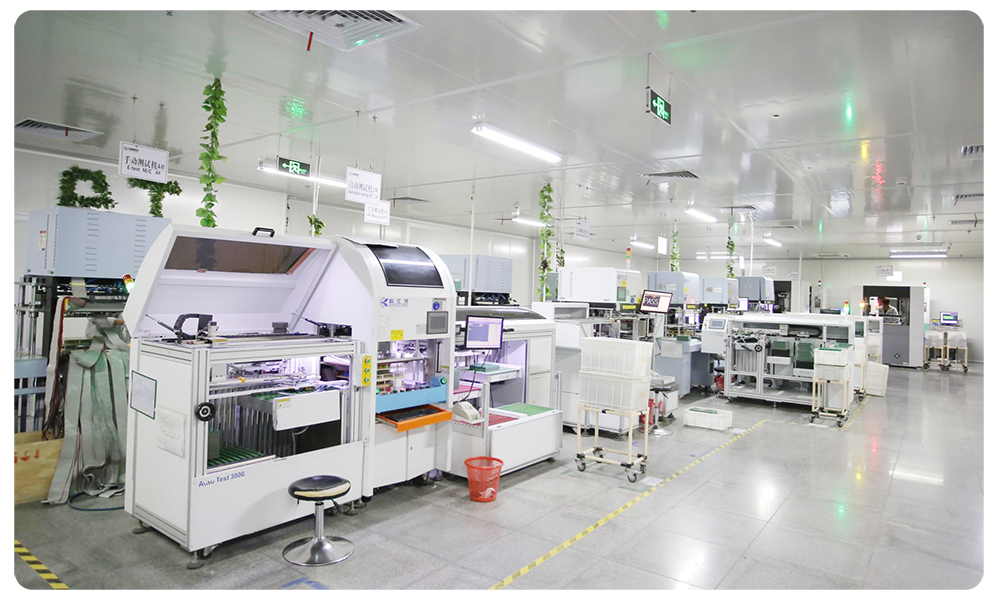
After PCBA samples are soldered, SCSPCBA conducts manual or automatic performance testing
PCBA sample soldering is carried out in the prototype or small batch production stage to verify the function of the design by soldering components and connecting the circuit. This is a critical step in ensuring that the board is functioning properly.
By soldering samples, PCBA manufacturers can spot potential design or manufacturing flaws at an early stage. When problems arise, soldered connections can be inspected, making it easier to identify and resolve faults, optimize designs and improve manufacturing processes.
After the PCBA samples are soldered, the manufacturer can conduct a performance test to ensure the normal operation of the circuit board under different conditions. This includes electrical performance testing, temperature cycling testing, and more.
PCBA sample soldering allows manufacturers to verify the feasibility of their designs before mass production. This helps to confirm whether the design meets product requirements and can be scaled in volume production.
By detecting and solving problems at the sample stage, costly problems in mass production can be avoided. This helps reduce production costs and saves time in remanufacturing.
Through PCBA sample soldering, manufacturers can evaluate the suitability of selected materials and processes. This includes selection of parameters such as flux, solder alloy, soldering temperature, etc.
Good PCBA sample soldering ensures the consistency of product quality. It provides a reliable basis for mass production to ensure that the performance and reliability of each board is up to standard.
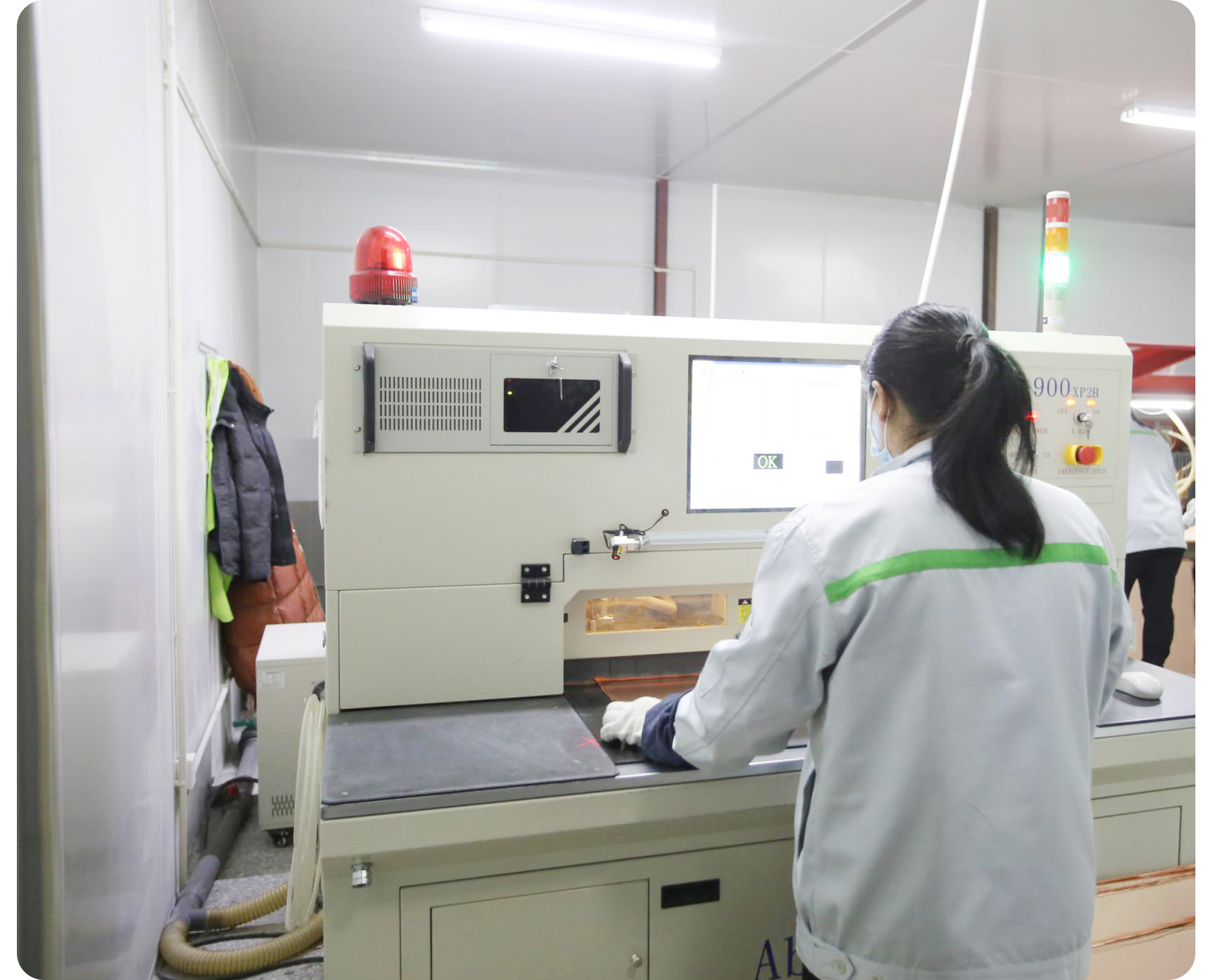
Check that the PCB design and layout are reasonable to meet the requirements of the circuit and the needs of the welding process
Make sure that the design and layout of the PCB are reasonable and meet the requirements of the circuit and the needs of the soldering process. Check the matching of the package size of the components and the pads on the PCB to avoid layout conflicts and ensure the feasibility of soldering.
Select the appropriate soldering materials, including solder wire, solder paste, and flux. Also, make sure that the soldering tools (such as soldering stations, heat guns, etc.) are in good working order and meet the soldering requirements.
According to the requirements of welding materials and components, set the appropriate welding temperature, welding time and welding pressure. The accurate setting of these parameters directly affects the quality and stability of welding.
Make sure all used components and PCB boards are of good quality and not damaged or contaminated. For SMDs (Surface Mount Devices), make sure the components are well bonded to avoid displacement during soldering.
Before welding, calibrate the welding equipment temperature, hot air speed and other parameters to ensure that the welding equipment can provide the required welding conditions stably and accurately.
Prepare detailed welding documents and process instructions, including welding parameters, welding steps, welding sequences, etc. This helps the operator to perform the welding process accurately and avoid operator errors.
Make sure welders are properly trained in welding procedures and operating techniques. Only skilled welding personnel can guarantee welding quality and efficiency.
While preparations are in place to ensure the welding process goes smoothly, it is also important to have an emergency plan in case something goes wrong or the unexpected happens.
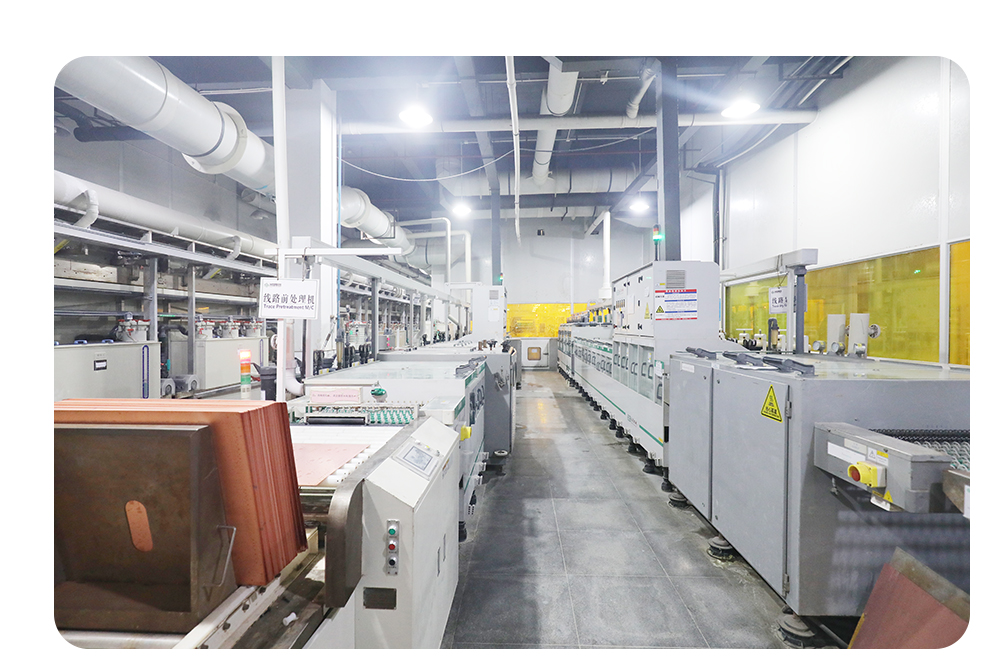
Clean the PCB Board After Sample Soldering
Confirm the selection of soldering materials and tools, including solder wire, solder paste, flux, etc.
According to the requirements of welding materials and components, set the appropriate welding temperature, welding time and welding pressure.
Make sure all used components and PCB boards are of good quality and not damaged or contaminated.
Calibrate parameters such as the temperature and hot air speed of the welding equipment to ensure that the welding equipment can provide the required welding conditions stably and accurately.
Paste the surface mount device (SMD) on the corresponding position of the PCB board. This can be done with an automatic placement machine or by hand.
The plug-in component (Through-Hole Device, THD) needs to be manually inserted into the hole on the PCB board.
For SMD components, usually use a heat gun or reflow oven for soldering. The solder paste is heated and melted, adhering the SMD components to the PCB.
For THD components, use a soldering station or a handheld soldering iron for soldering. Solder wire is melted and applied to the THD component pins and PCB pads to complete the solder connection.
After completing the soldering, use tools such as a microscope to check the quality of the soldered connection. Make sure that the pads are fully coated with solder and there are no open or cold solder joints.
Adjust welding parameters, if necessary, to optimize weld quality.
After the soldering is completed, the PCB board should be properly cleaned to remove solder paste residue or dirt generated during the soldering process.
Insert the soldered PCBA sample into the test equipment to verify whether the soldered circuit works normally. This includes electrical performance testing, functional testing, and more.
Record welding parameters and results, including welding temperature, welding time, welding personnel and other information, for subsequent reference and traceability.
Carry out welding quality inspection and compare with the quality standard set in advance. Make sure that the welding quality meets the requirements.

PCBA sample soldering
Determine the optimal welding sequence and steps to reduce unnecessary movements and manipulations. Reasonably arrange the welding sequence of components, thereby reducing the time for refueling and adjusting welding equipment.
Use automated soldering equipment as much as possible, such as automatic placement machines and reflow ovens. These devices can efficiently and accurately complete welding work and improve welding efficiency.
Reasonably plan the production plan and try to weld in batches. This saves time in adjusting welding equipment and reduces production costs.
Improve welding efficiency and quality by optimizing welding parameters, such as adjustment of welding temperature, welding time and welding pressure.
Make sure all welding materials and tools are ready before proceeding with welding to avoid unnecessary waiting and interruptions during the welding process.
Train welding operators to improve their welding skills and operational efficiency. Skilled operators can complete welding tasks more quickly and accurately.
Use soldering aids, such as brackets and clamps, to help fix and position components and PCB boards, and improve soldering stability and efficiency.
Reasonably plan the layout of the working space to ensure that welding equipment and required tools can be easily obtained, reducing the movement and search time of operators.
Where appropriate, multiple operators can work on the welding job simultaneously to speed up welding.
While improving welding efficiency, don't neglect welding quality. Ensure welding quality is up to standard to avoid subsequent repairs and redoing.
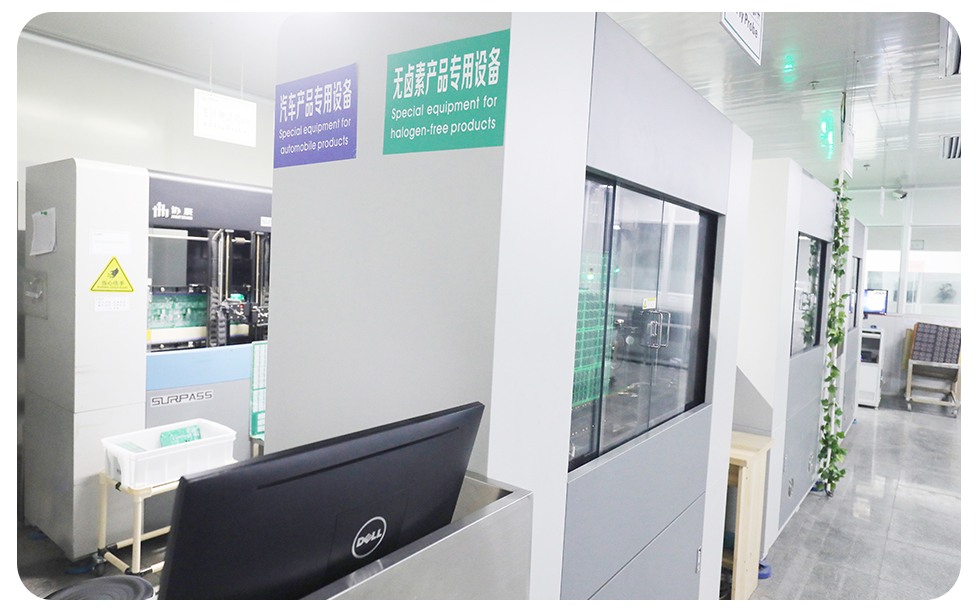
Special equipment for car navigation PCB template welding
Car navigation control panels require precise circuit connections and high stability to ensure the functionality and performance of car navigation devices. In order to verify the feasibility of the design and improve product quality and performance, PCBA sample soldering is required.
Before PCBA samples are soldered, SCSPCBA faces the following challenges:
The car navigation PCBA control panel has a complex circuit layout, including a large number of SMD components and high-density pads. This increases the difficulty and precision requirements of welding.
In order to meet the high requirements of automotive electronic products, SCSPCBA has to choose suitable soldering materials and processes, such as lead-free soldering, to ensure the environmental protection and stability of products.
Car navigation equipment is exposed to constantly changing temperature and vibration environments during use, so soldering requires high resistance to temperature and vibration.
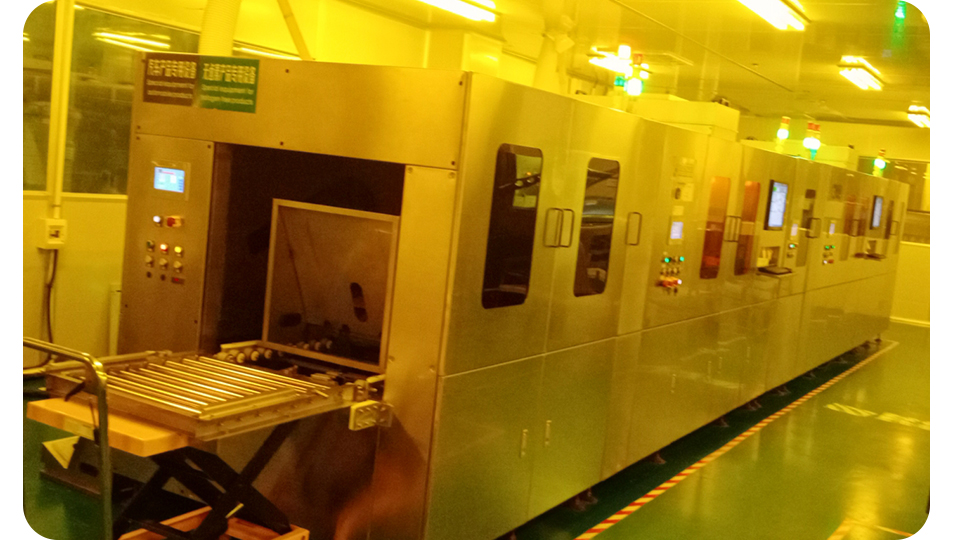
Special equipment for making automobile sample welding materials
Choose high-quality lead-free solder wire and solder paste to ensure the environmental protection and stability of soldering. In addition, confirm that the soldering material meets the relevant standards and requirements for automotive electronics.
For complex circuit layouts, SCSPCBA introduces an automatic placement machine to complete the automatic pasting of SMD components. This not only improves the accuracy of pasting but also reduces human errors.
Through experiments and tests, the welding parameters are optimized to ensure that the welding temperature and welding time can meet the requirements of high-temperature resistance and vibration resistance.
Strictly control the welding process to ensure the stability and accuracy of welding equipment. Adopt advanced welding equipment and technology to monitor the welding process in real-time.
By optimizing the welding process and controlling the welding process, the welding connection quality of the car navigation PCBA control panel is significantly improved. Problems such as virtual welding and cold welding have been effectively solved.
After functional verification tests, the navigation PCBA control panel exhibits high stability and reliability. The panels still perform well in the heat and vibrations found in automotive environments.
Introduce an automatic placement machine and optimize the welding process to make the welding process more efficient. Save production time and labor costs.
